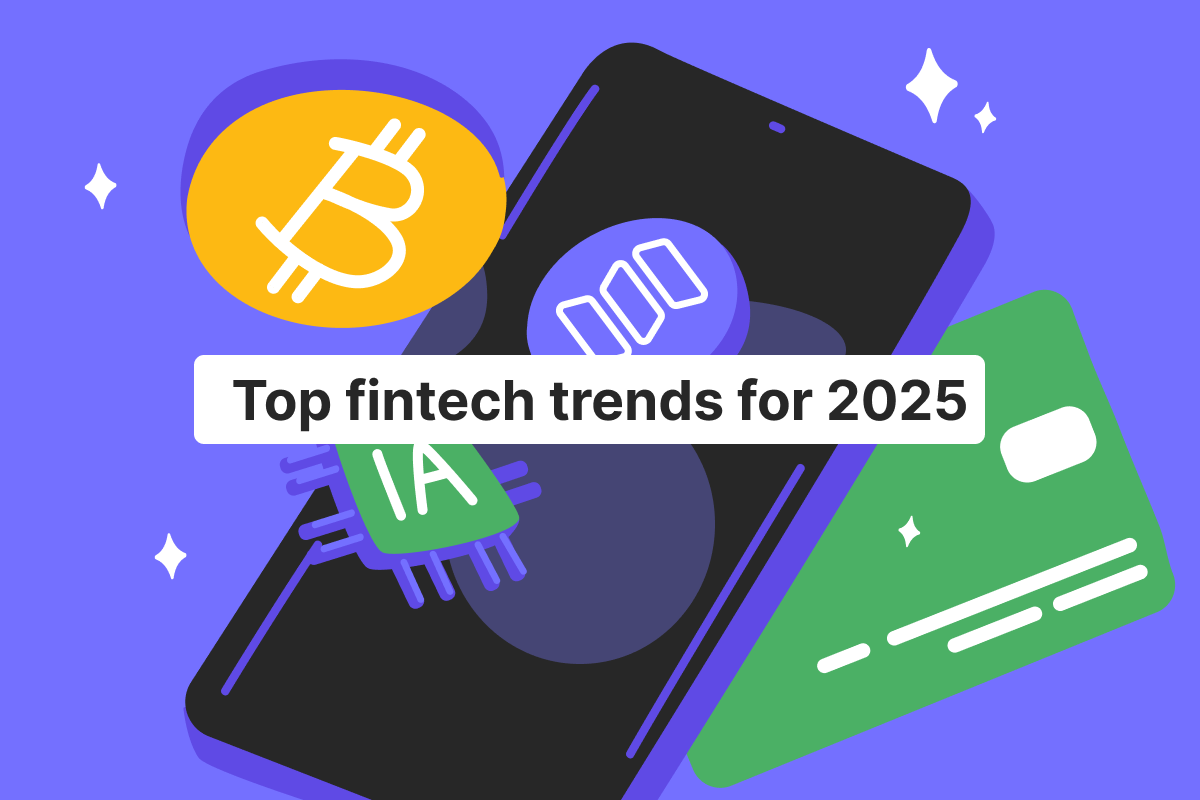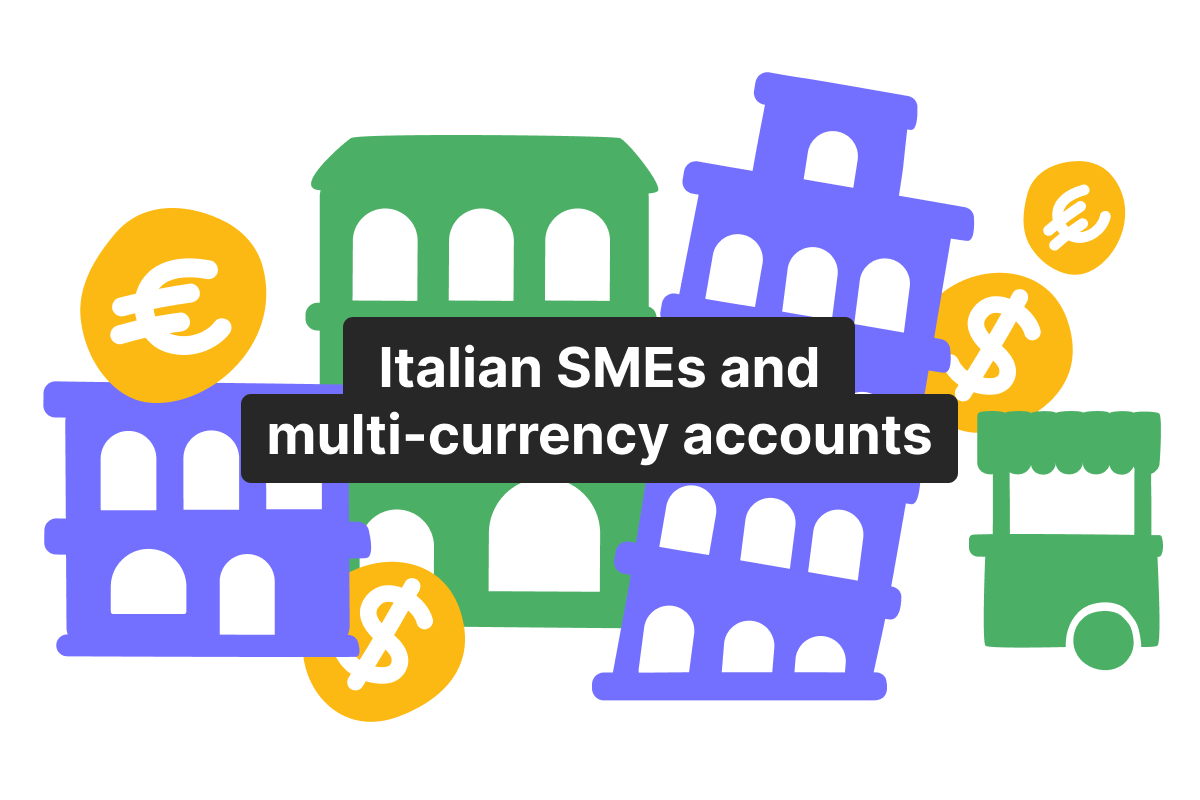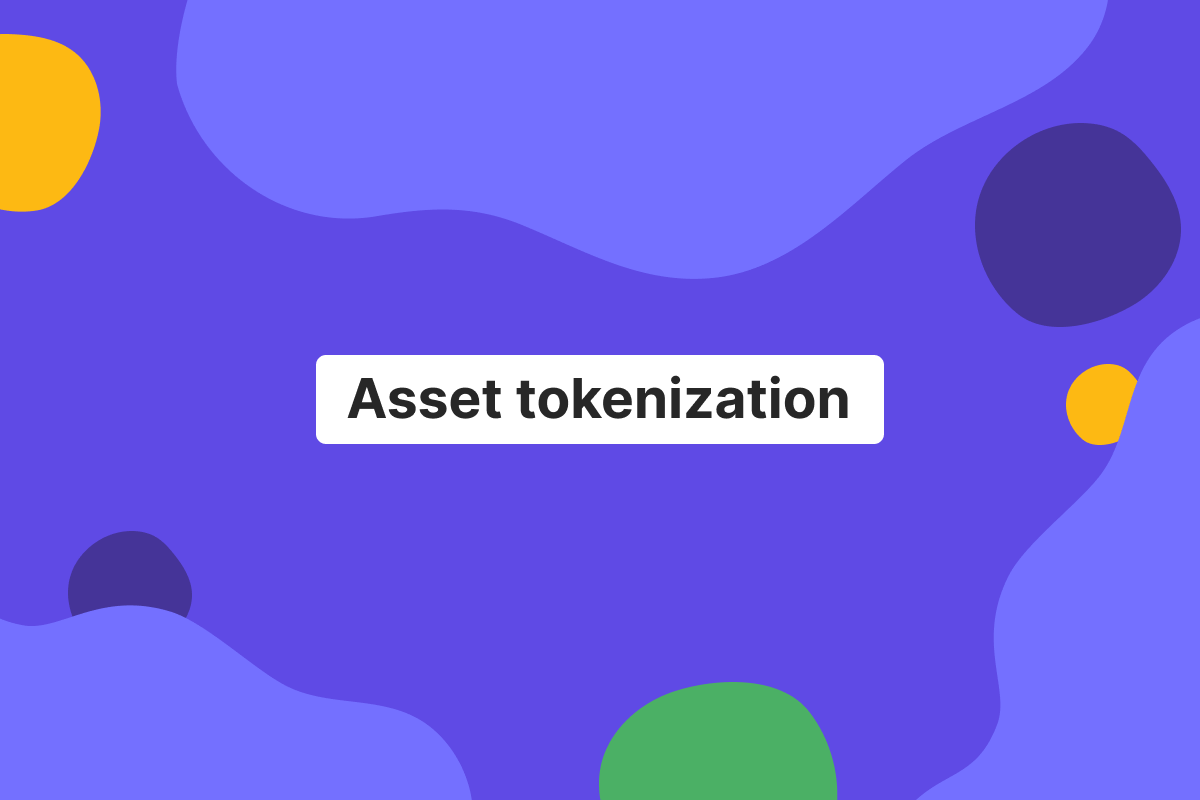The top fintech trends in 2025 have helped change the business landscape and will continue to do so. The current boom in this area is allowing financial institutions, fintech companies, and other businesses to change the way they work.
Understanding the main trends is vital for businesses, as well as innovators and consumers. Among the main talking points in the fintech sector this year, we’ve seen the growth of artificial intelligence (AI), real-time payments, and embedded finance.
However, any look at the top fintech trends also has to cover topics like cybersecurity, behavioral biometrics, virtual cards, and tokenization. It will lead us to look at other key trends like stablecoins, B2B fintech, and open finance.
A fast-moving industry
The speed at which financial institutions are adapting to the changing technology in their industry is driven by a variety of factors. One key factor is increasing customer engagement and opening up new revenue streams.
However, they also have to deal with regulatory pressures that require them to offer financial services in a more stringent regulatory framework. Fraud prevention and fraud detection are among the subjects that simply can’t be ignored or overall looked at.
An increasingly digital world
As well as these factors, we need to consider that we’re living in a world where our digital identity is more important than ever before. Financial institutions have to be aware of the need for secure open banking, blockchain innovations, and other areas that involve the digital identity of their customers.
Financial services still involve money moving from one account to another. However, new processes such as open banking and real-time payments using stablecoins are changing how we think about them.
New technology leads to new threats
It introduces new cyber threats and other risks that need to be dealt with to ensure the safety of customers and their funds. With bank customers now having a digital identity online to be protected, it’s important for service providers to ensure that they play their part in keeping it safe.
It is why a significant part of the overall fintech sector is dedicated to cybersecurity. The advances made so far in taking us towards a fully digital lifestyle wouldn’t have been possible without this focus on security. Yet, there are sure to be more threats uncovered as technology advances, giving us the chance to develop fresh solutions for real-world issues.
What are the top 9 fintech trends of 2025?
In 2025, we’ve witnessed significant growth in the main areas mentioned above. With global fintech investment growing, companies all over the planet need to be aware of the technological advancements that are changing the financial world. By understanding the growing demand for AI, embedded finance, and other types of tech, you can see how they’re changing the world for businesses, investors, and consumers.
The following are nine of the leading trends we‘ve seen become established this year. Each category covers a variety of areas, revealing how big and diverse the fintech industry has become.
Open an account
in Genome online
1. AI & behavioral viometrics for smarter security
AI-powered behavioral biometrics are being put to good use in a variety of industries. It is the process of using AI and machine learning to analyse each person’s unique way of interacting with the system. It includes the devices they use and the patterns of typing they create, and so on. The goal is to detect fraud by identifying any actions or activities that are inconsistent with the user profile.
One example comes from banks and payment providers who process digital payments. This technology enhances fraud protection measures. It also links with anti-money laundering (AML) and real-time monitoring to provide greater operational efficiency. All of these tools are created to be able to instantly identify that the user’s identity has been taken by someone else, which is vital to good security.
Big data is another area that has been in the news in 2025, with central banks and other institutions leveraging AI to better understand the financial world around them. It is a way of feeding huge quantities of data into the system and quickly getting back actionable information on trends and possible risks or opportunities.
2. Embedded finance and invisible fintech infrastructure
Embedded finance is a major part of the fintech landscape now. It’s a process that allows non-finance apps to include integrated banking services like payments, insurance, and loans. It’s becoming a popular way to exceed customer expectations by giving them direct access to financial services.
It is an example of invisible fintech infrastructure trends that give a competitive edge. While customer engagement is typically driven by interest rates and offers, embedded financial products are gaining traction as a clever way of making life easier for users.
With the use of mobile apps growing rapidly across the world, this is a necessary step that boosts safety and convenience. In this way, users can access a range of financial services seamlessly from a single app, without any risk of the data being intercepted. It can be used to increase customer loyalty, too, by keeping them on the same platform for a range of relatively related activities.
3. Virtual cards for B2B payments
Virtual cards have also seen significant growth as they’ve become more popular in the increasingly digital world. It is a type of card that uses advanced technologies to ensure that instant payments can be made securely using an online card. Tokenization is used to change the card number every time it’s used, aiding fraud prevention and making it extremely useful for cases such as business expense management.
Traditional banks and internet-only banks are using this technology to help their customers manage their spending more effectively. A traditional physical card can still be ordered and used when necessary. However, a growing number of customers are switching to virtual cards for the added convenience and safety that they offer.
These cards can be used to control business spending remotely. By setting limits or allowing custom transactions, they offer a tailored approach to business travel and spending that hasn’t been possible in the past.
4. Real-time & cross-border payments
The use of new technologies for international payments is gaining momentum. Instant payment rails like SEPA Instant Transfers, UPI experiences, and Faster Payments are all part of this fintech space. Each of these processes involves a different kind of technology to allow rapid payments to be sent anywhere in the world with a high level of security.
Expect to see an ever-broader range of cross-border payments, as financial services like this become increasingly necessary for companies with an international reach. The status quo of the past has been challenged by new technology, meaning that customers no longer need to rely on outdated, slow transfer processes.
With many businesses now operating on a global basis, the need for smooth overseas payment processes is greater than ever before. It is made even simpler through the easy access to multi-currency accounts. These accounts allow companies to hold funds in all the currencies they need, cutting out the need for extra transactions to convert the cash.
Open an account
in Genome online
5. Blockchain, tokenization, and stablecoins
Asset tokenization has become a larger part of the global fintech market in 2025. It is a way of turning real-world assets like property and stocks into digital assets that are easier to transfer and track. Smart contracts are important in the financial services industry, as they allow us to execute orders on the blockchain efficiently. The rapid adoption of stablecoins by fintechs and traditional financial institutions like banks has led to digital services becoming easier to access without compromising data security.
It is a part of a wider move to cryptocurrencies and the blockchain that is likely to influence many aspects of the business world. With even central banks and major companies looking to issue their own stablecoins, the use of these tokens is expected to accelerate.
Other tokens allow users the chance to invest in new technology or carry out financial transactions on the blockchain. The rising interest in cryptocurrencies and the drive towards better regulations should keep this subject in the news for the foreseeable future.
6. Open finance and API-driven platforms
Open banking has opened up the financial industry by allowing data sharing and financial access without risk. This concept allows customers to give third-party providers access to their online accounts safely. It can be used for financial transactions like insurance, pensions, and investments. The open banking approach has seen substantial growth, as it saves time and increases efficiency.
The use of financial apps should continue to grow as more companies reach their clients in this way. In this way, they’ll need to use open banking as part of the onboarding process or to carry out certain transactions.
The best application programming interfaces (APIs) have been designed to give customers the highest level of control over their data. They can also be used to access useful and personalised tools that help with budgeting, transaction tracking, and more.
7. Regtech and cybersecurity in fintech
Automated compliance tools are among the advances made by fintech companies that allow regulatory oversight requirements to be met effectively. The top areas to consider here include real-time AML and seamless regulatory integration. The use of AI has made regtech more effective, allowing compliance automation processes that reduce the need for time-consuming manual tasks such as report creation and filing as part of the regulatory framework.
As new technology is adopted by more companies, the regulatory authorities will be keen to stay on top of these changes. This means that the regulators need to adopt the latest technology too. This will allow them to integrate their checks more effectively and efficiently within the existing framework.
Naturally, new regulations and controls will emerge as the latest technology is introduced. However, the infrastructure that’s now in place, thanks to the regtech sector, should make it a seamless switch to dealing with any new rules.
8. B2B-focused fintech boom
The B2B sector has also undergone a major overhaul, with emerging trends providing solid solutions. This area has seen the fintech industry develop solutions tailored to existing business needs. It includes processes like payments, lending, and API services.
With new services like cryptocurrencies and other digital assets gaining traction, there is still a focus on this part of the fintech industry to provide new solutions. It is why we can expect to see more fintech ideas that are focused on the unique demands of the B2B sector.
It helps explain why a large percentage of the fintech industry is focused on B2B use cases. Companies all over the planet are looking for help in streamlining and securing their processes. Using the right tools gives them a competitive advantage, so this is a market that has scope for immense growth.
Open an account
in Genome online
9. Financial inclusion & sustainability in fintech
Renewed investor confidence has led to increased private equity interest in the fintech industry. It can be seen in the growing adoption rates in new markets. Merger and acquisition deals have led to major companies expanding rapidly while leveraging AI and other tech through improved fintech funding. Stablecoin adoption has allowed customers to use digital wallets regardless of whether they are unable to open accounts with traditional banks.
Other advances include co-branded cards in India, increasing financial inclusion while adding exclusive benefits for cardholders. In addition, crypto companies are expanding their reach into new regions and countries, increasing the ease with which financial access can be gained by more people.
It’s worth remembering that many companies now have an eye on renewable energy and other environmentally friendly ideas. Fintech companies have been working hard to provide green solutions that add to each business’s reputation rather than stopping it from growing. Many companies are now publishing a green charter or a corporate social responsibility outline that explains their approach to a sustainable future. It has to be aligned with the technology they use to be practical, adding to the need for sustainable technology that fits the modern world and its challenges.
Conclusion
These trends we’ve looked at have created a wealth of opportunities for businesses, developers, and consumers. Fast-growing areas such as digital payments and predictive analytics are driving the demand and opening up new areas with a rapid annual growth rate. They have also created risks that need to be dealt with, creating new fintech opportunities.
So far, 2025 has been a big year for financial services, as fintech innovations have helped drive the industry forward into a new era. AI, the blockchain, and other subjects are now part of many people’s daily lives in one way or another. If you want to find out more about how the customer experience is being enhanced, you could check Genome’s latest advances.
Genome aligns with the leading trends through the use of areas such as instant SEPA money transfers, secure international payment tools, virtual cards, and API money transfers. By using real-time data and computing power to drive innovative financial products, Genome is exceeding customer expectations and looking ahead to the future.






